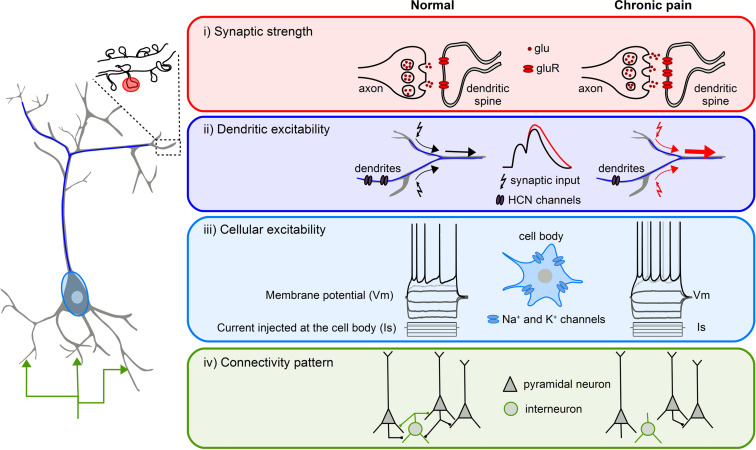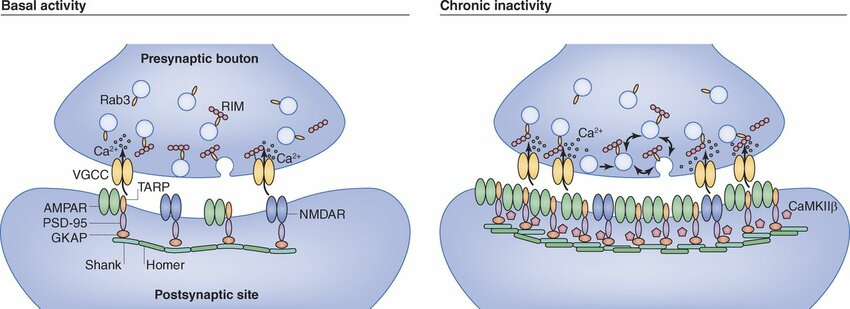Introduction
The human brain's remarkable ability to learn and form memories relies on the communication between neurons at junctions called synapses. The efficiency of this communication, known as synaptic strength, is a critical factor influencing how well we learn. This article explores the scientific understanding of how synaptic strength regulates learning processes at the cellular and circuit level.
Synaptic Plasticity and Learning
Synapses are not static connections. They can dynamically modify their strength based on activity patterns, a property known as synaptic plasticity. This activity-dependent regulation is believed to be a core mechanism underlying learning and memory. When a neuron repeatedly fires signals to another neuron, the connection between them can be strengthened, a process called Long-Term Potentiation (LTP). Conversely, with minimal activity, the connection can weaken through Long-Term Depression (LTD). These opposing processes allow the brain to refine its neural circuits, strengthening connections that are used frequently and weakening those that are not, thereby encoding learned information.
Molecular Mechanisms of Synaptic Strength
LTP and LTD are mediated by complex sequences of molecular events within the synapse. LTP is often associated with increased release of the neurotransmitter glutamate from the presynaptic neuron and the activation of specific receptors on the postsynaptic neuron. This leads to changes in calcium levels within the postsynaptic neuron, triggering a signaling pathway that modifies proteins involved in neurotransmitter release and receptor function, ultimately strengthening the synapse. Conversely, LTD may involve a decrease in postsynaptic calcium levels or the activation of signaling pathways that remove receptors from the postsynaptic membrane, leading to a weakening of synaptic transmission.
Synaptic Strength and Different Learning Types
The specific ways in which synaptic strength is regulated likely differ depending on the type of learning being encoded. For instance, learning facts and events (declarative learning) may rely on the formation of new and stable synaptic connections. In contrast, learning motor skills may be mediated by the refinement of existing synaptic connections through LTP and LTD.
Implications for Learning and Memory Disorders
Disruptions in synaptic plasticity mechanisms have been implicated in various learning and memory disorders. For example, Alzheimer's disease is associated with deficits in LTP, while fragile X syndrome is linked to abnormalities in LTD. A deeper understanding of the relationship between synaptic strength and learning can pave the way for the development of novel therapeutic strategies for these conditions.
Future Directions
Research into the influence of synaptic strength on learning is ongoing. Scientists are actively investigating the role of specific molecules and signaling pathways in regulating synaptic plasticity. Understanding how synaptic plasticity functions across larger neural networks is crucial for comprehending how learning translates to behavior. Future studies will likely explore these aspects in greater detail, providing valuable insights into the intricate mechanisms underlying learning and memory.
Research Tools
These investigations require a vast array of specialized reagents and tools. Reliable suppliers, such as Gentaur Group, are crucial for ensuring the quality and consistency of research efforts.
Learn more about Synaptic Plasticity and Learning in the Brain in this video:

